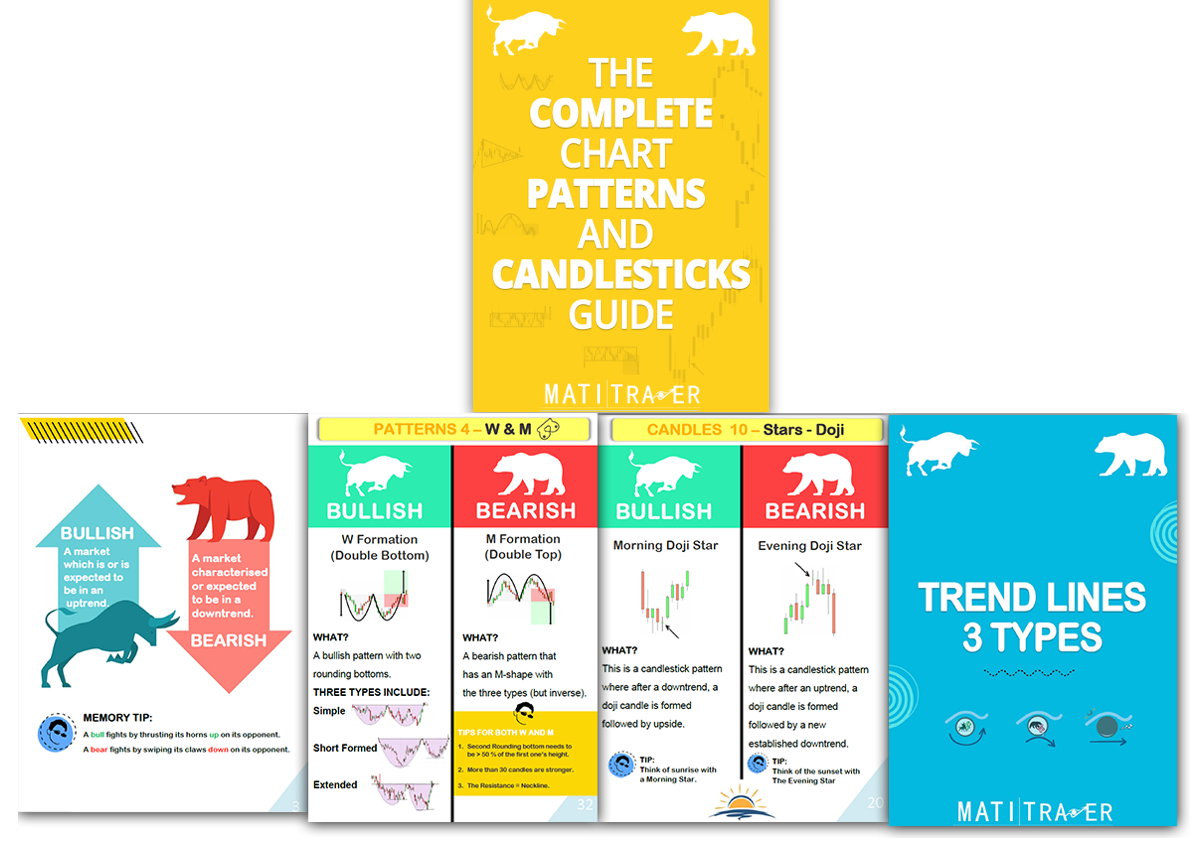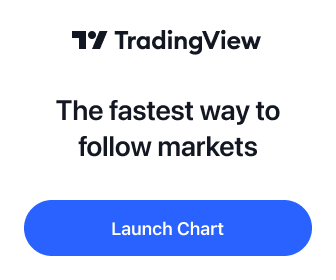HOW IT WORKS: P/E Ratio: Your Guide to Smarter Trading
Ever wondered if a stock is truly worth its price tag?
Enter the Price-to-Earnings (P/E) Ratio.
This ratio will help you to assess whether a stock is overvalued or undervalued.
Today, we’ll break down this essential metric, to make your trading journey a bit smoother.
What is the P/E Ratio?
The P/E ratio, or Price-to-Earnings ratio, is like a stock market detective.
It investigates how much investors are willing to pay for a company’s earnings.
This will help you to see the true value behind a stock’s glittering exterior.
How is the P/E Ratio Calculated?
Calculating the P/E ratio is straightforward.
You take the current market price of the stock and divide it by the Earnings Per Share (EPS).
For example, if a company’s share price is R200 and its EPS is R10, the P/E ratio is:
P/E Ratio = Share Price / EPS
= R200 / 10
=20
In this case, investors are willing to pay R20 for every R1 of the company’s earnings.
Simply put, they’re paying 20 times the company’s EPS.
Why the P/E Ratio Matters
So, why should you care about the P/E ratio? Here are the key advantages:
-
Investment Timeline Insight
The P/E ratio gives you a rough idea of how long it will take to recoup your investment based on the company’s current earnings.
A lower P/E might suggest a quicker return.
-
Spotting Buying Opportunities
If a stock has a lower P/E ratio compared to its peers, it might be a sign that the stock could be undervalued and may be worth buying.
-
Comparative Analysis
The P/E ratio allows you to compare different companies within the same sector.
For instance, if Tech Company A has a P/E ratio of 15 and Tech Company B has a P/E ratio of 25, then you’ll get a bench mark of what kind of PE ratios different companies have within the same sector.
The P/E Ratio’s Limitations
While the P/E ratio is a helpful tool, it’s not without its flaws. Here’s why you shouldn’t rely on it alone:
-
Ignoring Growth Prospects
The P/E ratio doesn’t account for future growth.
A company might have a high P/E because it’s expected to grow significantly.
That’s when you need to look at the PEG (Price to Earnings Growth) ratio.
And this might give you a better picture of the company’s value.
-
Excluding Dividends
Dividends are another way companies return value to shareholders.
However, the P/E ratio ignores them.
If you’re investing for income, you’ll need to look beyond the P/E.
-
Overlooking Other Financial Indicators
The P/E ratio doesn’t consider other important metrics like debt levels, cash flow, and revenue growth.
It’s crucial to use a variety of indicators when evaluating a stock.
Real-World Example: Comparing Two Giants
Let’s compare two fictional companies, Tech Titan and Gadget Guru.
Both operate in the tech sector, but their P/E ratios tell different stories:
-
Tech Titan:
-
Share Price: R500
-
EPS: R20
-
P/E Ratio: 25 (R500 / R20)
-
Gadget Guru:
-
Share Price: R300
-
EPS: R25
-
P/E Ratio: 12 (R300 / R25)
At first glance, Gadget Guru appears to be a bargain with a P/E ratio of 12 compared to Tech Titan’s 25.
But before you make a decision, first check their growth rates, dividend yields, and other financial metrics.
Conclusion: Use P/E with Caution
The P/E ratio is a powerful tool to use, but it’s just one piece of the puzzle.
Always complement it with other financial ratios and indicators.
Remember, a well-rounded analysis leads to better investment decisions.
Trade well, live free.
Timon Rossolimos
Founder, MATI Trader
CONNECT WITH US:
Facebook Group:
http://www.facebook.com/groups/matitrader
Website:
https://timonandmati.com
FREE MATI Trader Chat Room – Discord:
https://discord.gg/c8f37kyv35

Order via our secured website:
Click here to order The Complete Charts Patterns and Candlesticks Guide by MATI Trader book
Or order via EFT payment”
Click here to order the book via EFT (all info in the invoice).
Enjoy and remember…
You won’t need to buy or order another book on chart patterns and candlesticks ever again as I will be updating it very often and will let you know.
Not sure the best way to get started with MATI Trader?
Follow these steps to start your successful trading journey.











